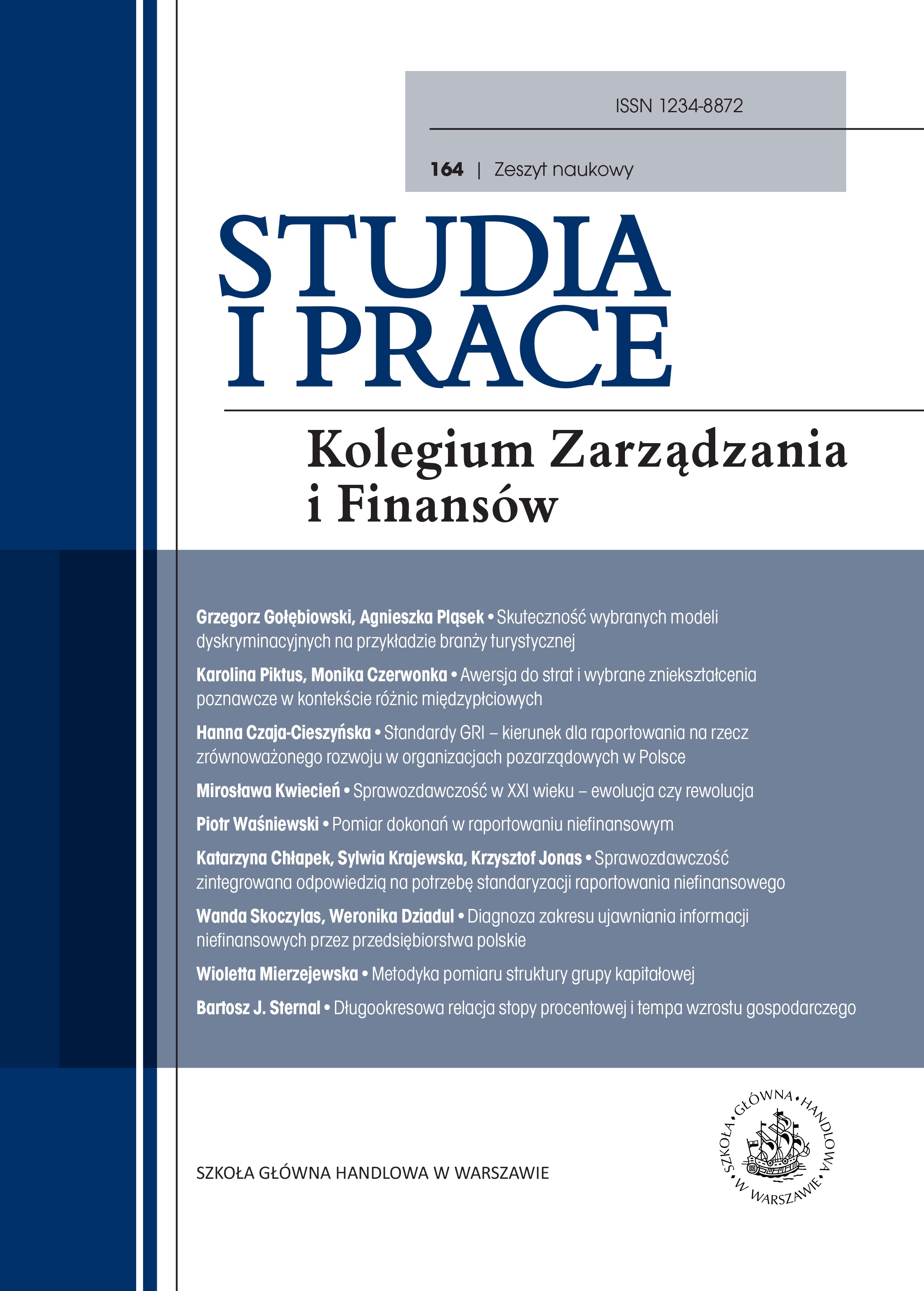Long-term Relation of Interest Rate and Economic Growth Rate
DOI:
https://doi.org/10.33119/SIP.2018.164.9Keywords:
dynamic ineffectiveness, optimal growth, time preferences, natural interest rate, consumption habitsAbstract
The present article deals with the issue of dynamic ineffectiveness, whose appearance was crucial according to Piketty for the establishment of the welfare state after World War II. The dynamic effectiveness is analysed from the perspective of a growth model with an exo- and endogenous interest rate. This analysis indicates a key significance of meeting or not meeting the condition of transversality by the decisions of entities on the accumulation of capital. The condition stops being met if entities do not discount future consumption strongly enough. Next, the authors present possible reasons behind insufficient discounting, also in order to explain historic cases of dynamic ineffectiveness. Among them there is the lack of awareness on the part of entities that the growth rate has permanently accelerated, consumption habits or saving for a planned or potential short-term consumption growth above the long-term achievable level, especially by governments.
Downloads
References
2. Caas D., Optimum Growth in Aggregate Model of Capital Accumulation, „Review of Economic Studies” 1965, 32.
3. Carroll C. D., Overland J., Weil D. N., Saving and Growth with Habit Formation, „American Economic Review” 2000, 90 (3).
4. Carroll C. D., Weil D. N., Saving and Growth: A Reinterpretation, „Carnegie-Rochester Conference Series on Public Policy” 1994, 40.
5. Koopmans T. C., On the Concept of Optimal Economic Growth, w: Scientific Papers of Tjalling C. Koopmans, Springer Verlag, New York 1965.
6. Phelps E., The Golden Rule of Accumulation: A Fable for Growthmen, „American Economic Review” 1961, 51 (4).
7. Piketty T., Capital in the Twenty-First Century, Harvard University Press, London 2014.
8. Ramsey F. P., A Mathematical Theory of Saving, „Economic Journal” 1928, 88.
9. Solow R. W., A Contribution to the Theory of Economic Growth, „Quarterly Journal of Economics” 1956, 70.
10. Swan T. W., Economic Growth and Capital Accumulation, „Economic Record” 1956, 32 (2).









